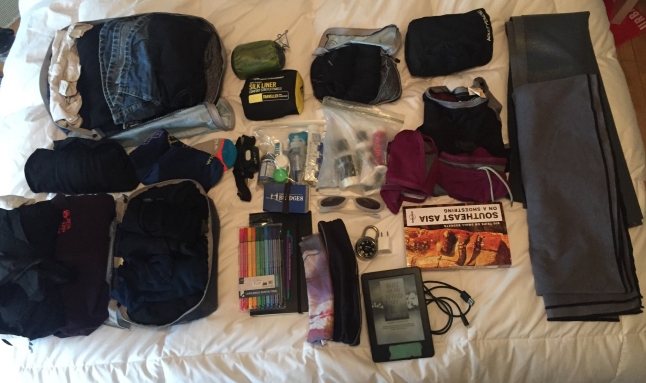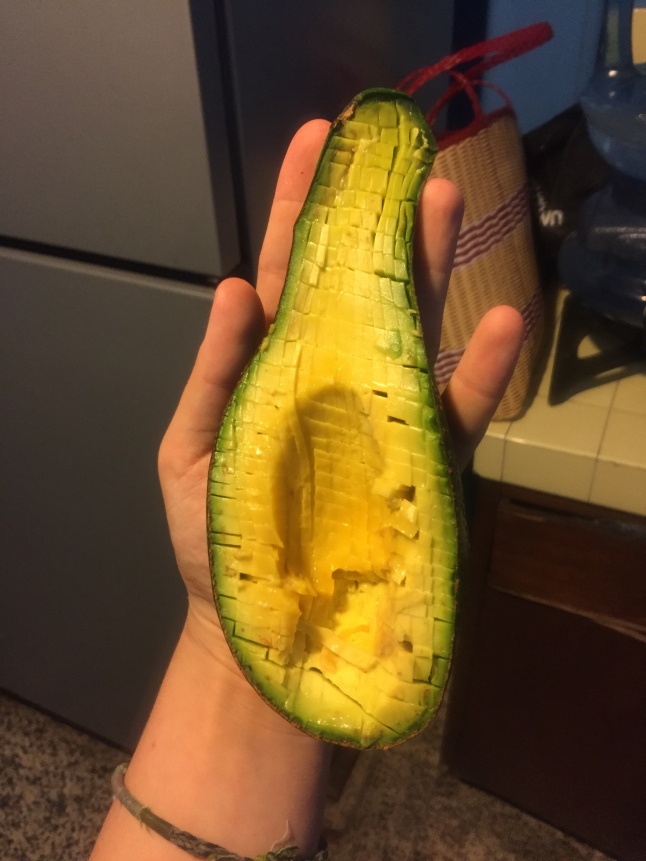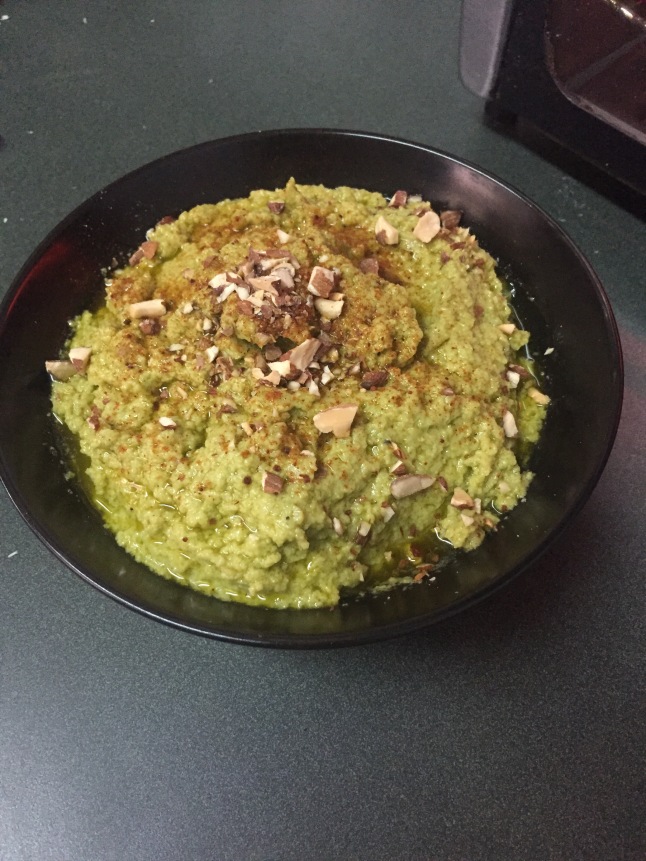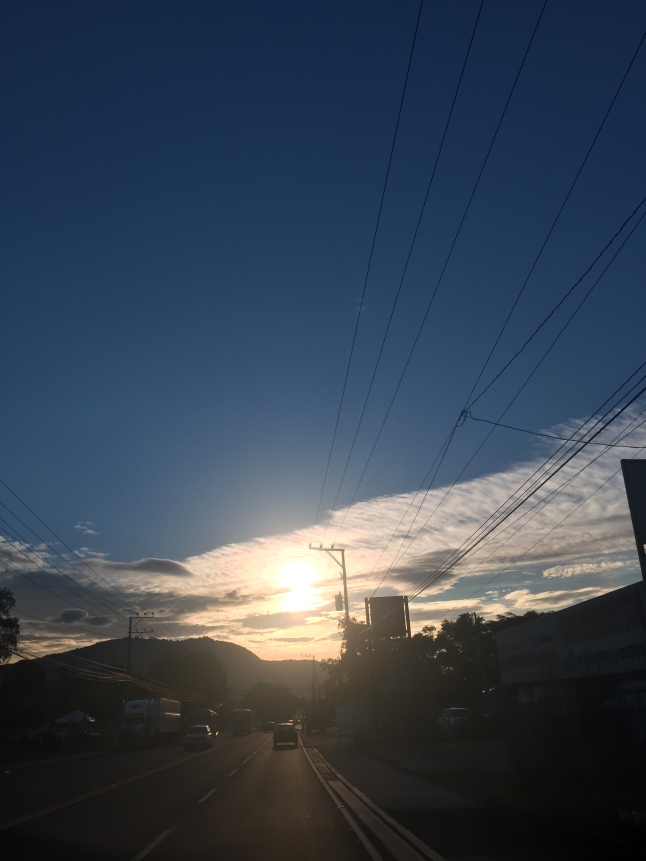Japan Airlines allows a free 24-hour layover in Tokyo, which I took full advantage of when I booked my ticket from Hanoi to Chicago through Tokyo. In addition to the exemplary quality of JAL, I was grateful for the opportunity to visit an old flatmate in Tokyo and see the city and eat delicious food. What follows is a totally doable 32 hour layover in Tokyo:
7:00 a.m. Landed in Tokyo! Bought a bus ticket to Osaki station from the airport. Also bought a SIM card, because meeting up with people is hard without data. Toilets in Narita International Airport are SO COOL– lots of buttons.
8 a.m. Bus left the airport, and I had a USB port charger on my seat!
9:30 a.m. I arrived at Osaki station, which was a local bus and train terminal. It differed from many stations I have been to in its high level of cleanliness, and the quality of shops and restaurants at the terminal. I met my friend, we walked 15 minutes to her apartment, where I dropped my bags and we began our adventure. We walked back to Osaki station, and hopped on a train to Hamarikyu Gardens.
 10:30 a.m. Arrived at Hamarikyu Gardens and walked around for over an hour! Saw beautiful flowers, trees, and reconstructed teahouses
10:30 a.m. Arrived at Hamarikyu Gardens and walked around for over an hour! Saw beautiful flowers, trees, and reconstructed teahouses
 11:45 a.m. Walked over to the Tsukiji Market, the Tokyo Fish market, and had sushi at a very small sushi bar. Tried a sampling of eel, shrimp, urchin, roe, egg, tuna, scallop, and more tuna sushis. The fish was SO fresh, and buttery-melt-in-your-mouth delicious. We walked around the market for quite awhile afterward.
11:45 a.m. Walked over to the Tsukiji Market, the Tokyo Fish market, and had sushi at a very small sushi bar. Tried a sampling of eel, shrimp, urchin, roe, egg, tuna, scallop, and more tuna sushis. The fish was SO fresh, and buttery-melt-in-your-mouth delicious. We walked around the market for quite awhile afterward.

1:00 p.m. Picked up delicious red bean mochi with a strawberry on top from the market, and walked back to the Hamarikyu Gardens, where we caught a water taxi upriver to a Shinto Shrine in the Tokyo Skytree area. The taxi took about an hour, including a stop, to arrive at the area, and we used the opportunity to relax our feet and drink iced tea from a vending machine onboard.

2:30 p.m. We walked around a market surrounding the Shrine, and payed respects to the shrine itself. In need of some serious hydration, we went to a tea shop around the corner and got iced matcha drinks.

4:45 p.m. It was a 20 minute walk to Oshiage’s Onsen, a Japanese bath house from the teahouse. My friend and I bought our entrances, rented a towel, including entrance to the saunas, and spent the next 2 hours getting squeaky clean, sweating, and relaxing in the hot tubs. It was a wonderful community gathering space, and there were young and old Japanese women soaking in pools ranging from scalding hot to frigidly cold. We tried all the pools, and left feeling rejuvenated.
7:00 p.m. We found sake to drink at a cute pub run by a Japanese Osaka (momma). They were thrilled when we came inside, and we had a delicious meal of the fluffy sweet omelette, edamame, and a household dish with meat and glass noodles. We spent a good time eating and drinking sake, and finally took the train back to Osaki station. We stopped by the supermarket to get some yogurt for breakfast the next day.
10:30 p.m. We fell asleep after a long day of adventuring, and I bought my bus ticket back at 2:30 p.m. to the airport for the next day.
9:00 a.m. We woke up and had coffee and breakfast in the apartment before gathering our things and adventuring out to the train station to once again take the train to Shibuya and the Meiji Shrine Kaguraden, another beautiful garden and Shrine.
Here, we saw beautiful iris flowers and water lilies, and a shrine wall dedicated to the sake makers. We washed our hands before entering the main shrine down the path, and saw a traditional Shinto wedding procession!

11:30 a.m. We walked over to Ichiran ramen restaurant, which was a glorious ramen experience! We bought our ramen tickets at a kiosk at the entrance to the restaurant, and then waited to be seated. We were led into a bar that had wooden dividers at each seat, to provide ramen-eating privacy. Our ramen arrived, and we dug in, silent for the meal, and happy to have arrived early enough to beat the line that extended down the stairs after we finished our meal.

12:45 p.m. We walked a few blocks to Takeshita street Square– a wild shopping street catered to the cute-urban aesthetic. We walked around and stopped in a few very colorful stores before going to a photo booth that allows you to make your eyes bigger and edit your photos!
1:15 p.m. We took the train back to Osaki station, and we tried a Hojicha drink at Starbucks (apparently, the hip “next matcha”), and I went to the supermarket to get treats to bring home to family and friends.
2:00 p.m. I packed up my bags at the apartment, said goodbye to my friend, and walked over the the bus station, where the bus left exactly at 2:30 and arrived at the airport just before 4 p.m.
5:55 p.m. My flight took off to Chicago! I spent the next 12.5 hours watching movies and listening to an audiobook.
I a


















































































